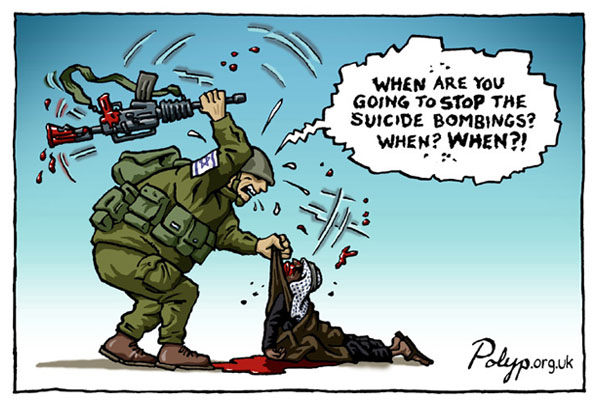
The dividing line between the two categories has developed over time, reflecting the conflicting interests between, on the one hand, powerful, well-equipped States that wanted a strict definition of clearly identified combatants, and, on the other, weaker States that wanted to retain the option to use additional human resources flexibly and thereby continue the hostilities even when their territory was under enemy control, which is practically impossible if combatants have to identify themselves permanently. Combatants must distinguish themselves (i.e., allow their enemies to identify them) from all other persons (civilians), who may not be attacked nor directly participate in the hostilities. Under the principle of distinction, all involved in the armed conflict must distinguish between the persons thus defined (the combatants) and civilians. that even in an armed conflict the only acceptable action is to weaken the military potential of the enemy, implies that IHL has to define who that potential is deemed to comprise and who, therefore, may be attacked and participate directly in the hostilities, but may not be punished for such participation under ordinary domestic law. Indeed, the basic axiom underlying IHL, i.e. One must know who and what may be targeted and who and what may not, and what protection to afford depending on the category which a person belongs to.


The principle of distinction is the cornerstone of International Humanitarian Law (IHL).

Qualified as “cardinal” and “intransgressible”,


 0 kommentar(er)
0 kommentar(er)
